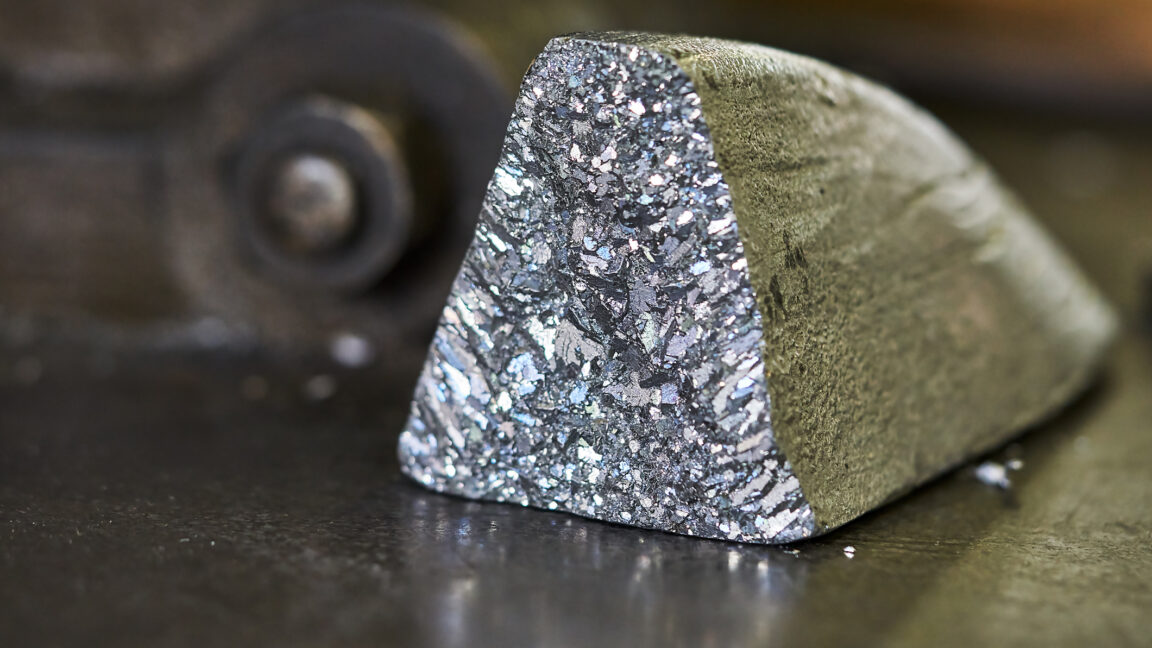Living in a dangerous world
This study isn’t the first evidence that ancient hominins dealt with lead in their environments. Two Neanderthals living 250,000 years ago in France experienced lead exposure as young children, according to a 2018 study. At the time, they were the oldest known examples of lead exposure (and they’re included in Joannes-Boyau and his colleagues’ recent study).
Until a few thousand years ago, no one was smelting silver, plumbing bathhouses, or releasing lead fumes in car exhaust. So how were our hominin ancestors exposed to the toxic element? Another study, published in 2015, showed that the Spanish caves occupied by other groups of Neanderthals contained enough heavy metals, including lead, to “meet the present-day standards of ‘contaminated soil.’”
Today, we mostly think of lead in terms of human-made pollution, so it’s easy to forget that it’s also found naturally in bedrock and soil. If that weren’t the case, archaeologists couldn’t use lead isotope ratios to tell where certain artifacts were made. And some places—and some types of rock—have higher lead concentrations than others. Several common minerals contain lead compounds, including galena or lead sulfide. And the kind of lead exposure documented in Joannes-Boyau and his colleagues’ study would have happened at an age when little hominins were very prone to putting rocks, cave dirt, and other random objects in their mouths.
Some of the fossils from the Queque cave system in China, which included a 1.8 million-year-old extinct gorilla-like ape called Gigantopithecus blacki, had lead levels higher than 50 parts per million, which Joannes-Boyau and his colleagues describe as “a substantial level of lead that could have triggered some developmental, health, and perhaps social impairments.”
Even for ancient hominins who weren’t living in caves full of lead-rich minerals, wildfires, or volcanic eruptions can also release lead particles into the air, and erosion or flooding can sweep buried lead-rich rock or sediment into water sources. If you’re an Australopithecine living upstream of a lead-rich mica outcropping, for example, erosion might sprinkle poison into your drinking water—or the drinking water of the gazelle you eat or the root system of the bush you get those tasty berries from… .
First Appeared on
Source link













